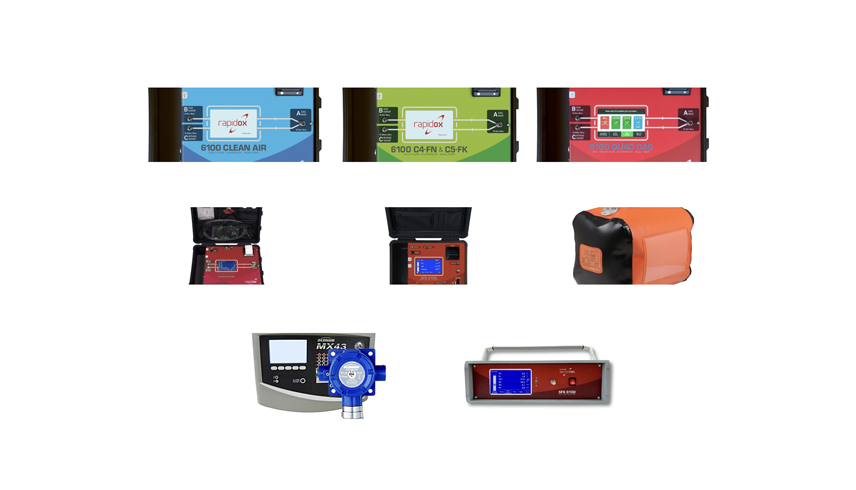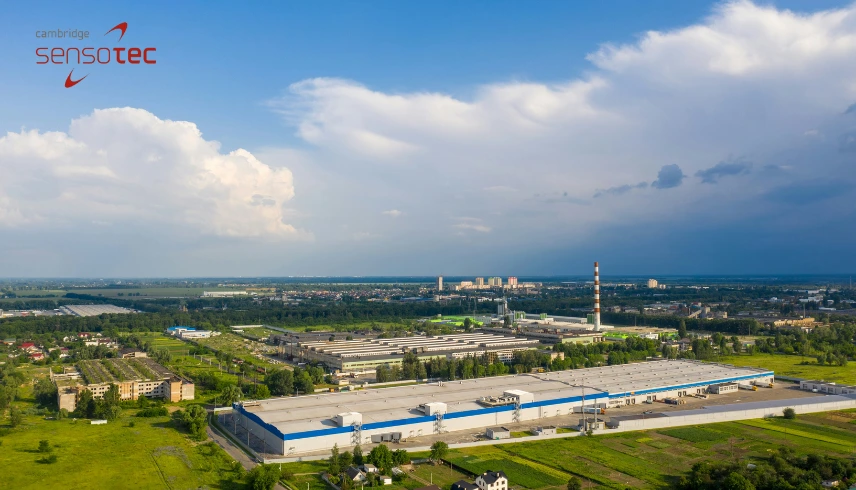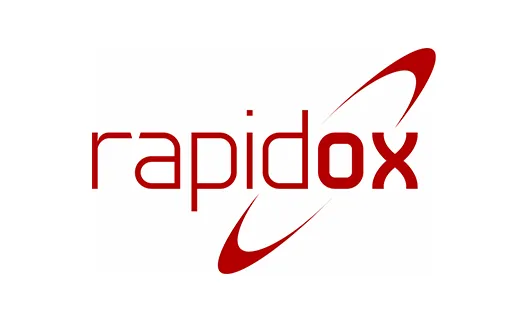

Top Markets Adopting SF6-Free Technology and What It Means for the Future
Introduction to SF6-Free Technology
Sulphur hexafluoride (SF6) is a potent greenhouse gas widely used in electrical switchgear for insulation and arc-quenching due to its exceptional dielectric properties. However, its global warming potential (GWP) is 23,500 times greater than carbon dioxide over a 100-year period, and it remains in the atmosphere for up to 3,200 years. These figures make SF6 one of the most environmentally damaging gases currently in widespread use, which is why it has come under increasing scrutiny from both regulators and industry stakeholders.
In response, SF6-free technology has emerged as a credible and increasingly viable alternative. These systems replace SF6 with gases or air-based solutions that do not carry the same environmental risks. The alternatives, such as dry air, fluoronitrile blends, or CO2-based compounds, aim to provide comparable insulation and safety features while contributing to significant emissions reductions.
Momentum for change is growing. Regulatory agencies, environmental pressure groups, and forward-thinking businesses are all aligned in their push for greener technology. At the same time, ongoing advancements in gas-insulated switchgear (GIS) design are proving that performance doesn’t need to be sacrificed for sustainability. As a result, SF6-free technology is no longer a futuristic concept—it’s quickly becoming a global industry standard, particularly in markets that are actively pursuing net-zero carbon emissions.
Regulatory Momentum
Efforts to reduce greenhouse gas emissions are intensifying around the world, and SF6 is a major focus due to its outsized environmental impact. Global agreements like the Paris Climate Accord have set the stage for stricter environmental policies, prompting governments to tighten regulations on harmful substances.
The European Union is leading the charge through its F-Gas Regulation, which aims to cut the use of fluorinated gases—including SF6—by two-thirds by 2030. Countries such as Germany and the Netherlands have adopted even more stringent national policies, with some already mandating the use of SF6-free switchgear in new installations.
In the United States, the EPA tracks SF6 emissions as part of its Greenhouse Gas Reporting Program. Several states, including California, have taken more proactive measures. California’s Senate Bill 1374, for example, requires the gradual phasing out of SF6 in new utility applications by 2025. These policies are creating strong incentives for manufacturers and utility providers to explore and adopt SF6-free alternatives.
Across the Asia-Pacific region, interest in SF6-free technology is growing. Japan and South Korea are investing in clean energy and sustainable infrastructure as part of their carbon neutrality pledges. China, while still the largest consumer of SF6, has begun investing in domestic alternatives and pilot programmes as it moves towards cleaner energy solutions.
Leading Sectors in SF6-Free Technology Adoption
The energy and utilities sector is one of the primary adopters of SF6-free technology. Electrical grid operators are facing the dual challenge of modernising ageing infrastructure and reducing emissions. SF6-free switchgear—utilising clean air or environmentally friendly gas mixtures—provides a future-proof solution. Utilities are particularly interested in these systems for medium-voltage and high-voltage applications, where the environmental and financial costs of SF6 leaks are highest.
Renewable energy projects, such as wind and solar farms, are also embracing SF6-free equipment. Offshore wind farms, in particular, operate in environmentally sensitive areas and must comply with strict emissions and safety standards. Using SF6-free systems not only supports compliance but also enhances the project’s sustainability profile—a key factor in securing investment and regulatory approval.
In the industrial manufacturing space, companies in sectors like automotive, steel production, and chemicals are retrofitting or replacing SF6-based systems to meet internal sustainability goals and external regulatory requirements. These businesses are under increasing pressure to reduce emissions as part of broader ESG (Environmental, Social, and Governance) commitments, and adopting SF6-free switchgear is one tangible way to make progress.
Transport infrastructure is another area experiencing significant growth in SF6-free deployment. As governments push for rail electrification and invest in electric vehicle (EV) charging networks, the demand for sustainable, compact, and high-performance substations is surging. SF6-free technology is a natural fit in these scenarios, offering safe and efficient operation without the environmental baggage.
Data centres and digital infrastructure operators are also showing strong interest. With their high power consumption and tight environmental regulations, data centres benefit immensely from low-emission switchgear. Moreover, many companies in this sector aim to achieve green building certifications, which increasingly favour the use of sustainable electrical systems.
Technology and Innovation
The move away from SF6 has catalysed a wave of innovation in the electrical industry. Major players like Siemens, Schneider Electric, Hitachi Energy, and ABB have developed a range of SF6-free solutions that are already being deployed across various sectors.
Among the most notable technologies are:
- AirPlus by ABB: A pioneering solution that combines dry air with Novec 5110, delivering similar insulation and switching performance to SF6 with a much lower environmental footprint.
- g³ by GE Grid Solutions: This technology uses a blend of CO2 and fluoronitrile to achieve high dielectric strength and minimal GWP. It is currently being tested and rolled out in high-voltage applications worldwide.
- Dry Air Systems: These are already widely in use in medium-voltage applications and are gaining popularity for their safety, availability, and ease of use.
While these technologies are generally more expensive upfront, the total cost of ownership often proves lower over time. SF6-free equipment typically requires less maintenance, avoids regulatory penalties, and offers more straightforward end-of-life disposal. These benefits are making SF6-free solutions not just environmentally sound, but financially compelling as well.
Remaining Challenges
Despite the momentum, several challenges remain. Technically, SF6-free solutions can have larger footprints, which might not be suitable for all installations—particularly in space-constrained environments like urban substations. Moreover, ensuring that performance and safety standards match or exceed those of SF6-based equipment across all voltage levels remains a work in progress.
From a financial perspective, the higher initial costs of SF6-free systems can deter some organisations, especially those in emerging markets or with limited budgets. However, this is beginning to change as the market scales up and financial incentives, such as carbon credits and green financing, become more accessible.
There is also a skills gap to address. Engineers and technicians need training to handle new gases, implement new maintenance procedures, and safely operate unfamiliar technologies. Industry-wide collaboration will be crucial to develop training programmes and share best practices.
The Road Ahead
The widespread adoption of SF6-free technology offers a powerful opportunity to reduce global greenhouse gas emissions significantly. As awareness grows and technologies mature, it’s likely that regulatory mandates will become even stricter—further accelerating the shift.
The expectation is that the market for SF6-free systems will experience double-digit growth over the next decade. This growth is fostering an ecosystem of innovation, with research institutions, manufacturers, and governments working together to improve performance, lower costs, and broaden applications.
Cambridge Sensotec, for instance, is playing a key role by developing advanced gas analysis and leak detection systems. These tools help ensure the safe handling and operation of alternative gases, supporting a smooth and safe transition from SF6-based systems.
Ultimately, SF6-free technology isn’t just a regulatory necessity; it’s a strategic advantage. Companies that invest now are not only reducing their environmental impact—they are positioning themselves as leaders in the sustainable future of the energy industry.
Summary
SF6-free technology is no longer a niche innovation. It is a rapidly growing movement transforming how electricity is generated, transmitted, and consumed. Driven by regulation, technological innovation, and market demand, this transition is reshaping key sectors from energy to data infrastructure.
Now is the time for stakeholders—manufacturers, utilities, governments, and investors—to act. Embracing SF6-free technology isn’t just good for the environment; it’s a smart, forward-thinking business move that aligns with the future of clean, reliable power systems.


